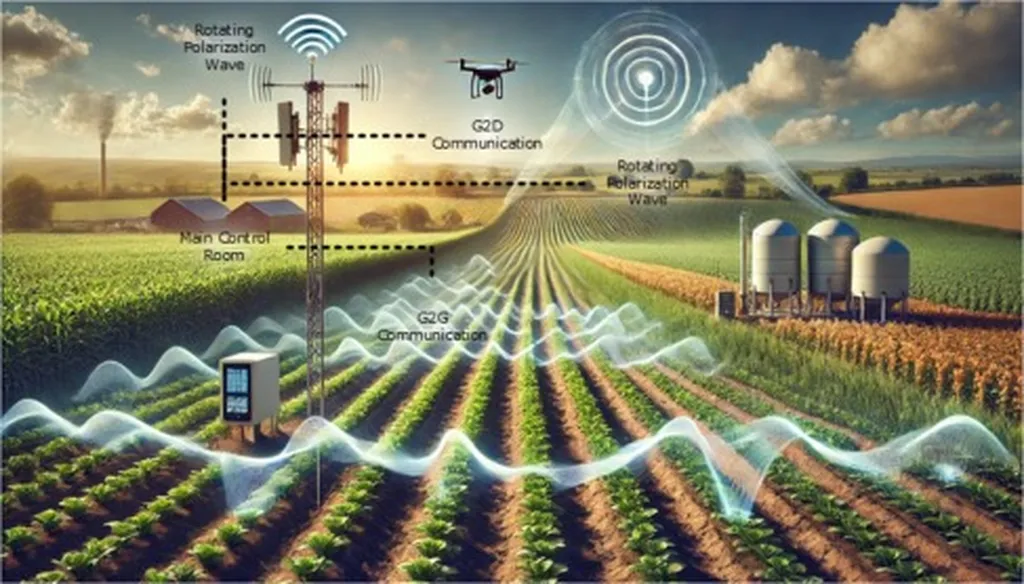In the vast, open fields of modern agriculture, connectivity is key. Yet, the rural landscapes that stretch out under the open sky present unique challenges for reliable communication. A recent study led by Muhammad Moazzam Ali, a researcher from the Department of Computer and Communication System Engineering at Universiti Putra Malaysia and the School of Electrical Engineering and Computer Science at National University of Sciences and Technology in Islamabad, Pakistan, has uncovered a promising solution to enhance communication reliability in agricultural IoT networks. The research, published in the journal “Hasil Kejuruteraan” (Results in Engineering), explores the integration of Reed-Solomon (RS) codes with Rotating Polarization Wave (RPW) communication to bolster Low-Power Wide-Area Networks (LPWAN) in agricultural settings.
The study addresses a critical need in the agricultural sector: reliable communication under fading conditions in rural areas. By combining RS codes with RPW, the researchers have demonstrated significant improvements in error correction and Bit Error Rate (BER) performance, both on the ground and in the air. “The integration of RS coding and RPW transmission ensures consistent performance across fading conditions while providing reliable, scalable, and energy-efficient communication for precision agriculture,” Ali explained.
The research evaluated two communication scenarios: ground-to-ground (G2G) and ground-to-drone (G2D) under both Additive White Gaussian Noise (AWGN) and Rician fading conditions. The results were promising. For G2G communication under AWGN conditions, RS coding achieved a BER of 10−4 at Eb/No for Np=5 and 10−5 at Eb/No for Np=7, showcasing a substantial improvement in error correction compared to uncoded RPW. G2D communication, benefiting from line-of-sight (LoS) and reduced ground-level interference, showed even better performance, achieving 10−4 BER at Eb/No and 10−5 at Eb/No.
Under Rician fading, which simulates more complex real-world conditions, both communication scenarios exhibited increased BER due to multipath interference. However, RS-coded systems still performed robustly, achieving a BER of 10−3 at 10 dB for Np=5 and 10−4 at 10 dB for Np=7. G2D communication maintained similar BER performance, with 10−3 achieved at 9 dB for Np=5 and 10−4 at 9 dB for Np=7.
The implications of this research are far-reaching. As precision agriculture continues to evolve, the need for reliable, energy-efficient communication networks becomes ever more critical. The integration of RS coding and RPW transmission offers a robust solution that can withstand the unique challenges of rural IoT deployments. “By addressing the unique challenges of rural IoT deployments, the proposed system contributes to the reliability and robustness of LPWAN solutions tailored for large-scale agricultural applications,” Ali noted.
This study, published in “Hasil Kejuruteraan” (Results in Engineering), not only advances our understanding of communication technologies in agricultural settings but also paves the way for future developments in the field. As the agricultural sector continues to embrace digital transformation, the insights from this research will be invaluable in shaping the next generation of IoT networks. The work of Muhammad Moazzam Ali and his team represents a significant step forward in ensuring that our farms remain connected, efficient, and productive in the face of ever-changing environmental conditions.

